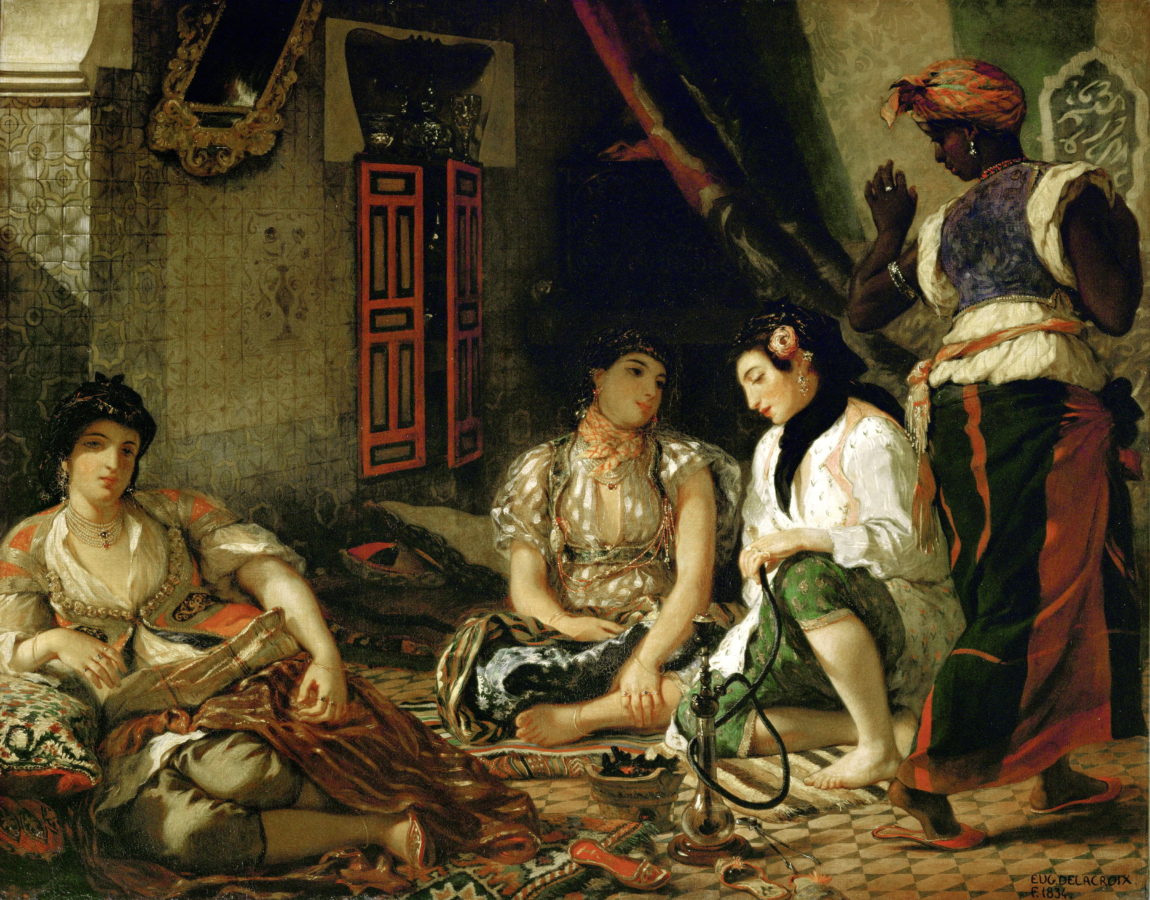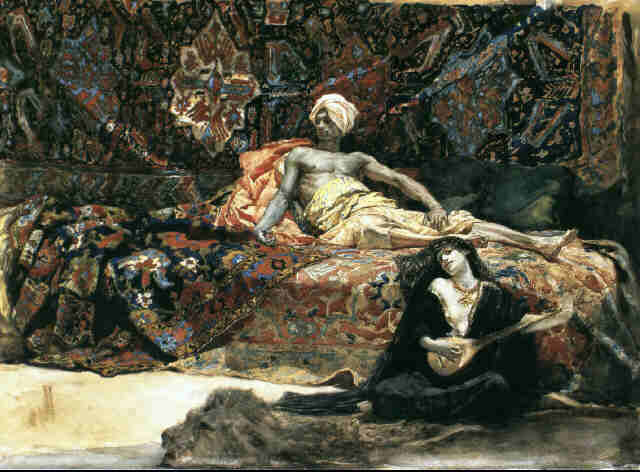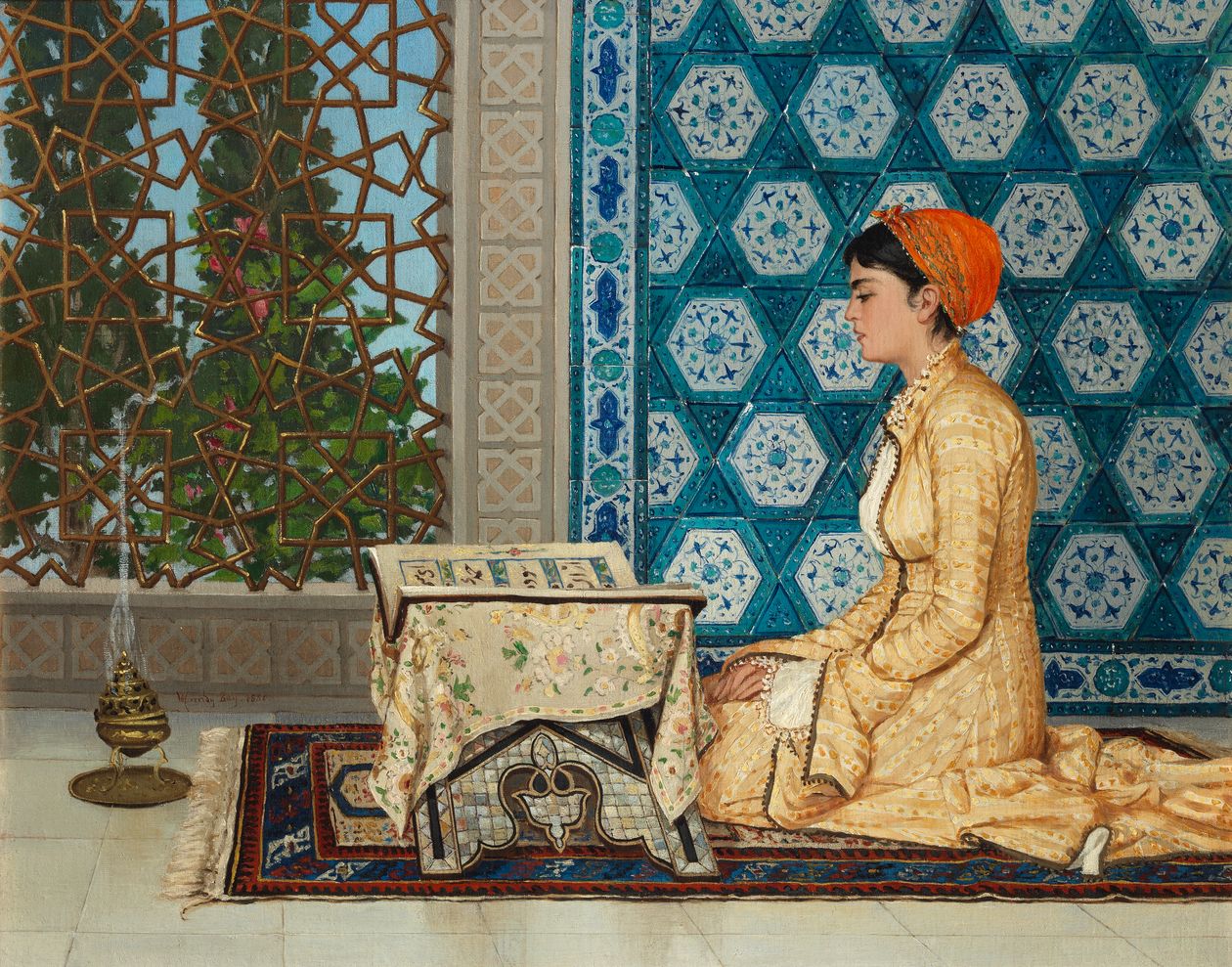A review of Orientalism’s Interlocutors
Inspired by a shift from a preoccupation with Western discursive constructions of the Orient to a more heterogenous understanding of it, Orientalism’s Interlocutors: Painting, Architecture, Photography, written by Jill Beaulie, Mary Roberts and Nicholas Thomas, aims to examine a wide range of visual material in order to explore how such sources can expand on our understanding of the nature of interlocution between the Orient and the Occident. Such alternative forms of expression and communication have historically been utilized by the marginalized as a means of expression. As a result, their analysis advances our understanding of Orientalism through how it forces us to rethink its assumptions. Ultimately, the Book highlights how a consideration of these alternative lenses foregrounds the ways in which differences in ‘gender, class, region and sexual preferences’ produces a plurality of subjective experiences within the Orient in which the the stability of colonial authority is not always maintained.
The first chapters of the book touch on the topic of indigenous art and reveals how despite their Western roots, they often reflect the assertion of indigenous identity which may serve to resist against western ideas. Zeynep Celik first turns to the work of Osman Hamdi to substantiate her views. As an artist, Osman Hamdi had matured and developed under the tutelage of western institutions. He lived in Paris as a student and honed his skills under the influence of the French orientalist school. Despite this, his artworks consistently criticized mainstream Orientalist paintings. ‘Discussion in front of the Mosque’ for example, depicts a group of Muslim men engaging in an intellectual activity which contrasts against more exotic and fantasized constructions of them. Asides from the works of painters like Hamdi, Celik also argues that resistance occurred in other, more direct forms, such as through the promotion of photographs that also challenge western stereotypes of the orient. Here, Celik points us to the efforts of Ottoman Sultan Abdulhamid II who, in his contributions to the World Columbian Exposition, presented 51 photograph albums to the ‘National Library’ of the United states. These images, which depict the organization of the palace according to Beaux-Arts principles of Symmetry, sought to erode the sense of difference between East and West by reflecting the process of modernization that was on-going within the Orient at the time.
Taken from this perspective, Celik illustrates well how orientalism did not simply shape how one thought about the Orient in a totalizing way. Even in works that seem to be visually equivalent to Western depictions of the Orient, we can observe a tendency to assert one’s own indigeneity in a transformative way that challenges the discursive hegemony of the west. However, the implicit use of the western idea of modernization as a benchmark for Ottoman society to aspire towards, as observed in the images selected by Sultan Abdulhamid II, complicates Benjamin’s and Celik’s arguments. One could say that such a view only further reinforces the superiority of the west. Additionally, the idea of ‘indigeneity’ and ‘tradition’ asserted by the artists may themselves be a product of the interaction between Colonial authority and locals under the structures of Orientalism. Hence, their reiteration may serve to perpetuate an ‘Orientalist’ mode of thinking through how it reaffirms the separation between Occident and Orient. That being said, these examples do highlight the dynamism of interactions between Occident and Orient, and the capacity of indigenous artists to shape ideas of the Orient. Hence these examples do bring to light the instability of colonial authority.

Moving on, Mary Roberts continues the exploration of Colonial and Oriental relations in the final chapters of the book through looking at the representation of the Harem by female Oriental Artists. She argues that an analysis of the process of portrait making in Harems, as recorded in the diaries of female Oriental artists such as Mary walker, challenges ideas of Colonial domination through how it highlights the agency of Oriental women. Walker’s diary captures in detail the tensions between her and her sitters that stemmed from differences in their interests. While walker sought to maintain depictions of the Harem as a place of mystery, her sitters sometimes desired to use their position to oppose such stereotypes. One instance where this can be observed is in her interactions with the wife of Reza Pasa, Zaineb. Walker preferred to paint Zeineb in her traditional Ottoman dress. However, Zeineb was interested in documenting her modernity by being painted wearing contemporary Parisian clothes. Given their relative positions to each other, Walker was forced to concede and lament the loss of one of her fantasies. Several interesting insights can thus be elicited from her analysis of Harem potraiture. Firstly, the negotiations between Walker and Zeineb reveal the agency of the Oriental woman in determining how she is presented. Here, the cultural superiority of the West is not the only relevant factor in their engagements with each other but other factors such as class also play a role in determining the hierarchy within interactions. Though this resistance is limited, much like Robert’s assessment of Regnault, it also underlines the instability of colonial authority through illustrating how it can be directly contested within certain spaces and contexts.
In sum, the plurality of visual texts examined in the book brings to light the subjective experiences of a diverse range of groups from indigenous peoples that adopted European conventions to elite Ottoman women. This increases our sensitivity to the influence of race, ethnicity and class in mediating experiences and move beyond a binary understanding of relations between the Occcident and the Orient. Thus, though the arguments discussed do have their weaknesses, they sufficiently problematize the relations between the two and contribute towards the achieving a far more nuanced understanding of Orientalism.
Tarmidzi
ReadNUS Team Member


